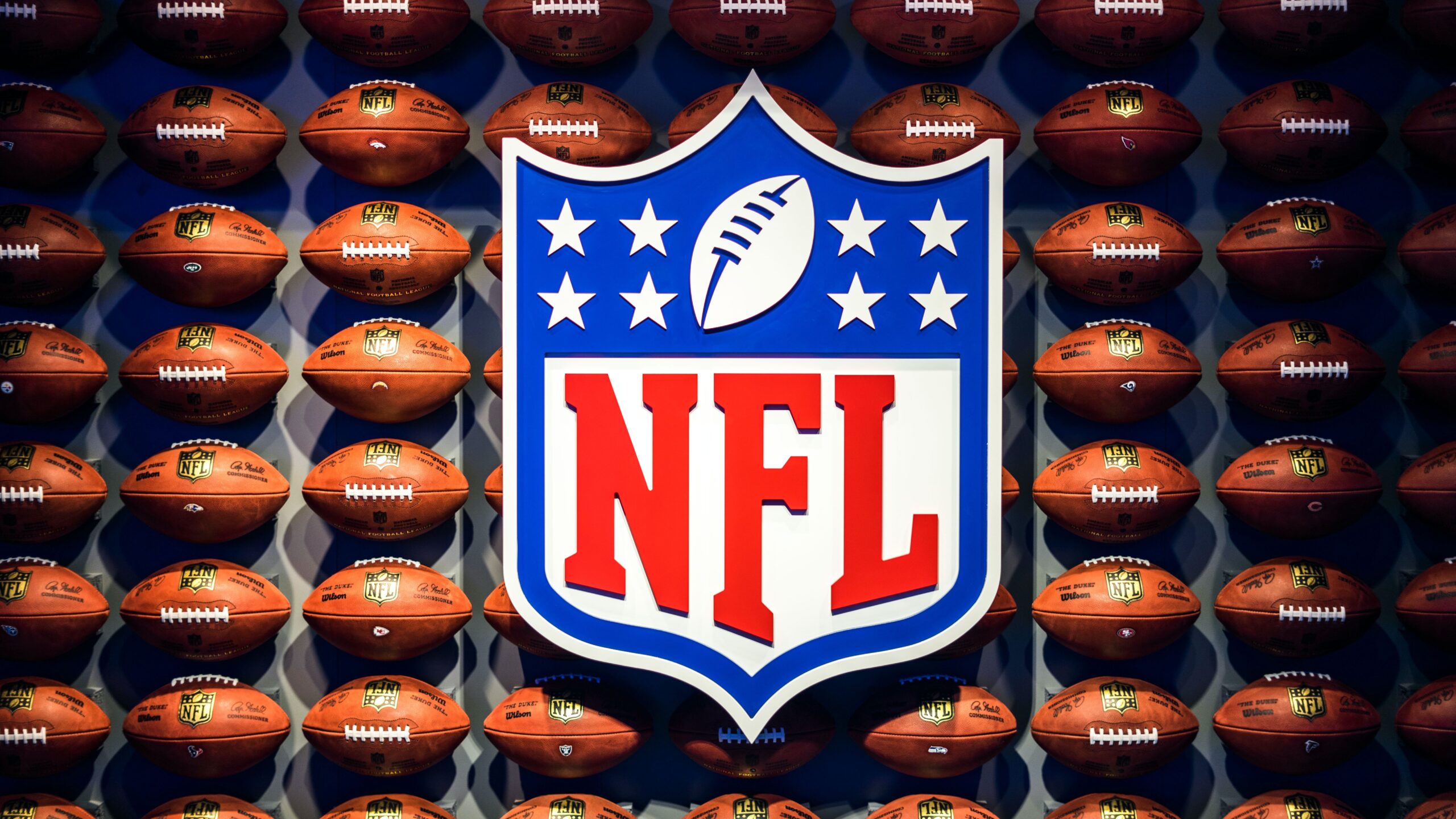Led by the NFL, the major US sports federations have accelerated their growth on the other side of the Atlantic in recent years. Luscid’s Commercial Manager Ajay Suglani analyses the considerations this will have on sponsorship strategy at brands and rights-holders alike.
As a sporting property, the power of the NFL within the USA is without question. Running a Luscid report against an American audience – the sport is followed by over a third of all adults, and at a budget of $2.5m per year, is 142% stronger at driving awareness across this broad fanbase. The sheer scale of audience is reflected across their partnership portfolio – with a huge roster of brands paying an average of $15m per year for multi-year sponsorship packages. And that’s before you even consider the team-by-team deals.
As the European presence has solidified with the London Games at Tottenham Hotspur stadium – this has in turn offered NFL partnership opportunities to brands outside of the US.
NFL’s Audience Profile – USA vs. Europe
Before looking into the NFL sponsorship deals across both regions, we have analysed the metrics that brands within each market will be accessing – beginning with the audience on each side of the Atlantic. Luscid data demonstrates a US audience profile that reinforces the NFLs position as a part of broad American culture. A 55% / 45% male and female split is relatively well balanced, with 60% of followers falling into the top 3 socio-demographic groups fairly evenly. Age wise – with only 15% of followers being aged 16-24, a quarter of the US fanbase is over 55.
Looking at the European audience, it is immediately apparent that the fanbase has some noticeable differences. The headline summary is a male-skewed, more upmarket, and younger audience. In fact, nearly two thirds of European followers (63.5%) are aged between 25 and 44. They are also much more affluent, with 35% in the top socio demographic group, 49% more likely to be senior decision-makers in the professional sense, and 58% more likely to have the highest value of savings.
So are the different demographics reflected in the relative sponsor portfolios in each region?
Sponsorship deals and the NFL – USA vs. Europe
The NFL sponsorship portfolio is broad and headlined by a number of mass targeted brands that will be attracted by the huge awareness on tap across such a wide range of potential customers. Some of the biggest NFL sponsors include the likes of Visa, Pepsico, Mars and P and G. They are promoting products that are anything but niche, and the broad targeting requirements are well served by a vast fanbase.
Moving over to the UK portfolio – there are perhaps more similarities than you would expect with the demographic changes just outlined. The likes of Visa, FedEx and Budweiser have carried their deals over to the European market, and are joined by a number of brands looking to leverage the US link with a tourism spin. Travel brands such as Virgin Atlantic, Experience Kissimmee and Marriott have clearly identified an opportunity to access an audience with an interest in US travel. But is the NFL fully maximising the opportunity to leverage this valuable audience on the other side of the Atlantic?
An Optimal NFL Sponsorship Strategy in Europe
The building blocks for an objective sponsorship strategy come not just from the scale of audience on tap, but also the core values in and around the partnership. In particular, how strong is the fit between the values at the heart of the sport, and those that the sponsor wishes to anchor their audience engagement around?
Luscid leverages social listening and search data to evaluate which values align strongest with the NFL in a fully accountable way. Via our proprietary brand values index, we see uplifts versus an ‘all-sports average’ across the following:
Technology – 25% stronger than the average sport
Innovation – 14% stronger than the average sport
Leadership – 28% stronger than the average sport
Ambition – 20% stronger than the average sport
Power – 28% stronger than the average sport
Performance – 18% stronger than the average sport
By combining a sample selection of high performing brand values with the audience profile in Europe, the NFL has an opportunity to engage a number of additional sectors that are currently relatively untapped – including:
- Smart technology solutions (home, personal and fitness)
- Health and fitness supplements
- B2B offerings including software, technology infrastructure and consulting
- Digital technology
This is reflective of a sweet spot for the NFL in Europe to reach a younger, more progressive, early adopter fanbase. And from the perspective of optimal sponsorship strategy, there are a number of learnings that can likely be applied to other sports making the transatlantic hop.
Learnings beyond the NFL
Interestingly, many of the audience trends identified as the NFL has built its European fanbase are also apparent for the NBA. Away from its US heartland (once again a broad / large scale audience), the NBA sees a similar shift towards a younger, more affluent, tech savvy audience. The B2B attributes such as c-suite level, and key decision-makers, index even higher than the NFL. With an NBA European follower being 75% more likely than average to be a senior key-decision making business role in their professional life.
This re-enforces the need for rights-holders to understand all the nuances of their fanbase as the regional boundaries continue to blur, and sports events continue to move from their traditional locales into new parts of the world.
Sponsorship strategy is a fine art, and the data behind making relevant and accountable decisions has never been more important as the regional boundaries become increasingly blurred.


